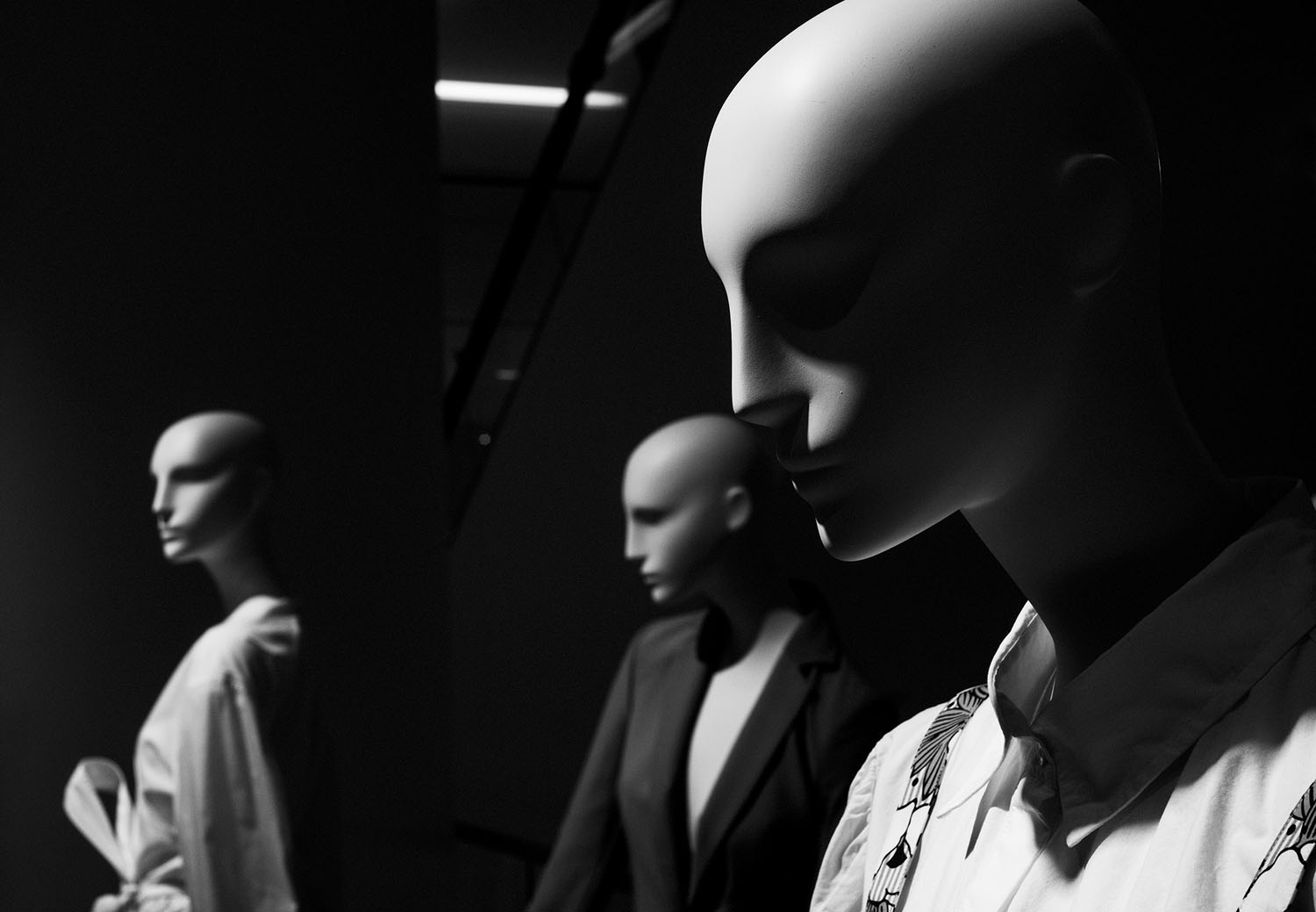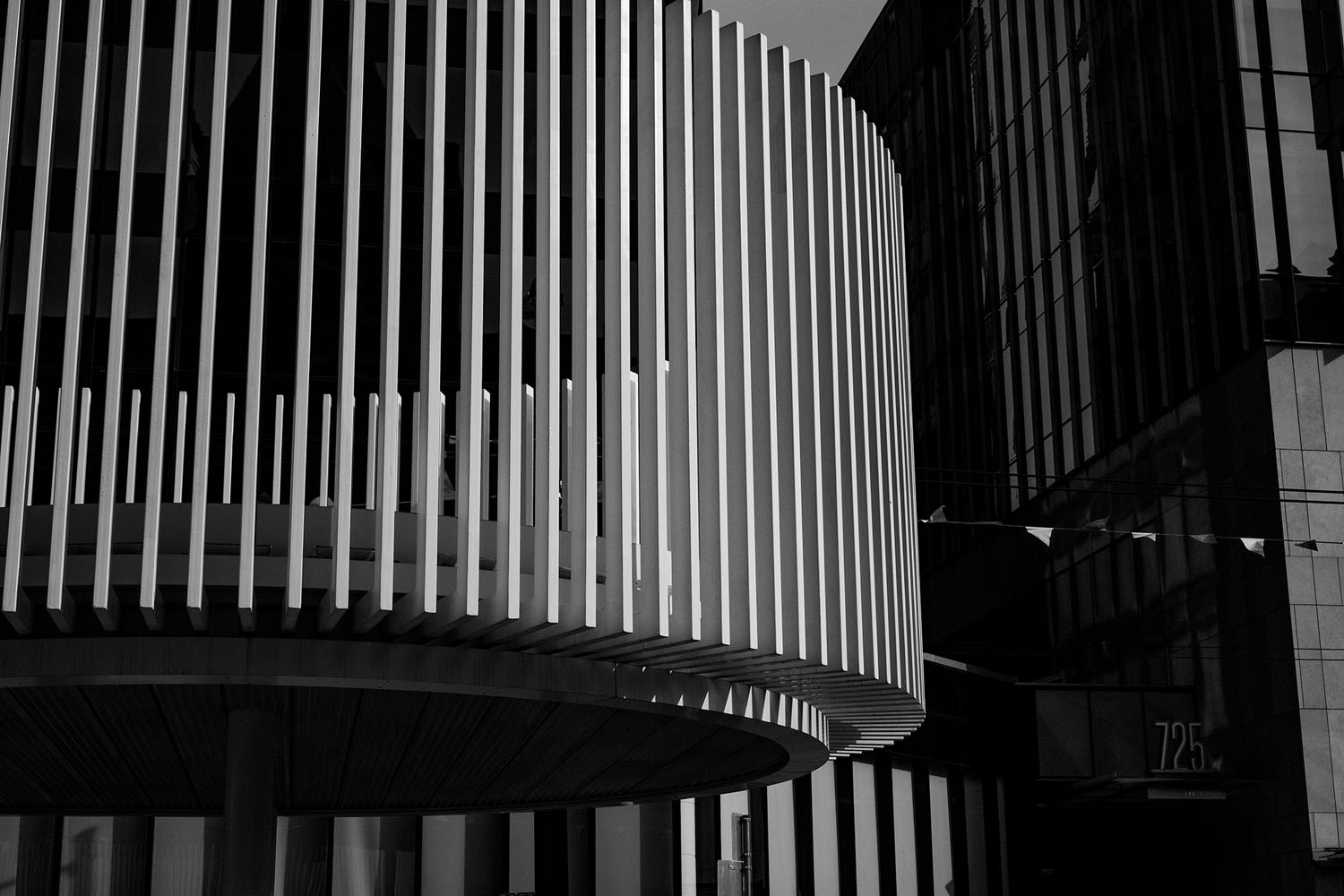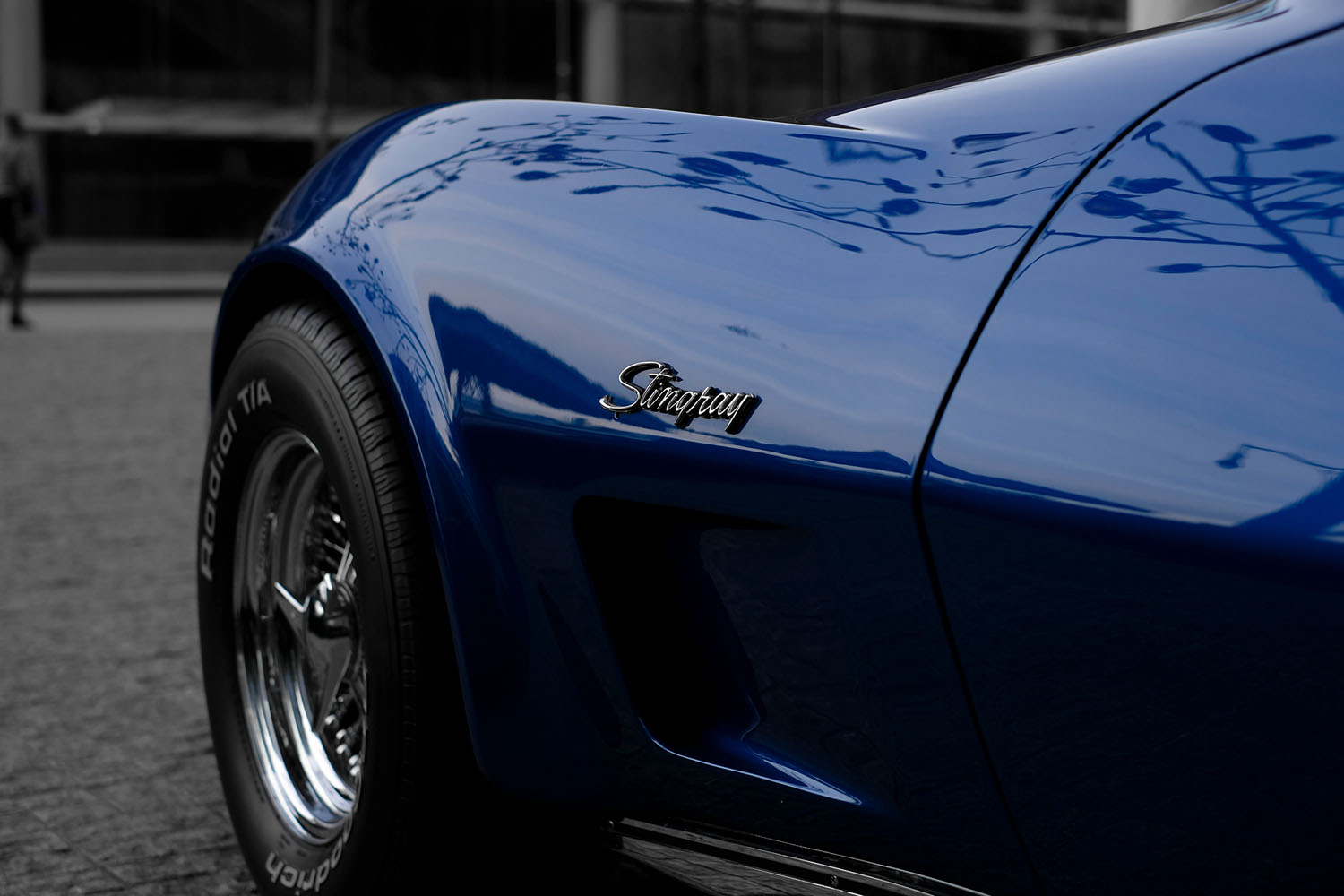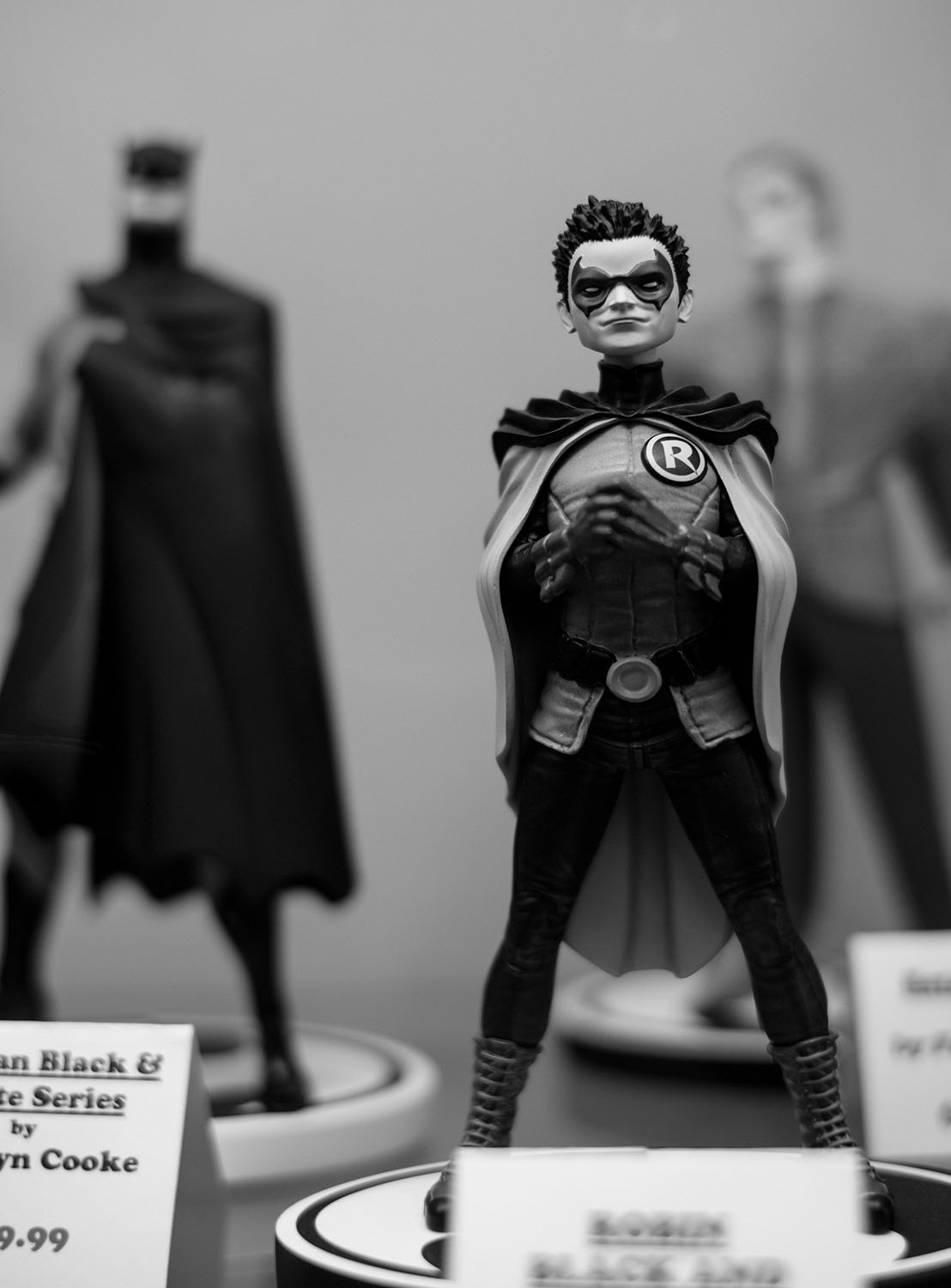
FUJIFILM X-H1: Powerful, Steady and Discreet - No Matter the Shooting Situation
Robert Falconer
Conteur de toujours et professionnel de la communication multidisciplinaire, Robert a débuté sa carrière en tant que scénariste : il développait des histoires, écrivait des scénarios, et montait des séries télévisées telles que « Star Trek » : « The Next Generation », ses retombées ultérieures, et d’autres séries.
Au cours de son enfance, sa passion pour l’art et la science de la photographie se manifeste simultanément avec ses compétences en matière de narration. Sa maîtrise précoce du langage cinématographique, associée à une aptitude universelle à la conceptualisation et à la visualisation créatives, lui ont donc permis de reconnaître les moments qui racontent une histoire dans une seule photo.
Membre de l’International Cinematographer Guild 669, Robert a produit des images pour des films tels que « The Predator », « Wonder » et « The Miracle Season », ainsi que pour des séries télévisées prestigieuses telles que « The Twilight Zone » (2019), « The X-Files », « Supergirl » et « Supernatural » et beaucoup d’autres.
Au cours des 25 dernières années, ses travaux photographiques comptent également des photographies de mariage, de portraits, de voyages, et des photographies éditoriales personnelles, de presse, d’affaires, et humanitaires. Les clients de Robert sont notamment CBS, Netflix, 20th Century Fox, Warner Bros. Entertainment, CW Network, B2ten / Active for Life, Fujifilm, The African Lion and Environmental Research Trust, Metro News, et de nombreuses de chaînes câblées, de streaming et de médias, ainsi que des sociétés de production.
Son travail a été présenté dans de nombreuses publications spécialisées, de Entertainment Weekly au New York Times.
Having used Fujifilm’s X-H1 near-exclusively for my on-set work over the past few months, I recently decided it was high time to take it out and give it a shakedown in the “real world”. With a rare weekend all to myself, and no specific shooting agenda in mind, I decided to pair it with the first interchangeable FUJINON lens I ever acquired (along with my X-Pro1), the XF35mmF1.4 R, which to this day remains one of my favorite lenses of this focal length, due to its beautiful color reproduction, sharpness, and three-dimensional rendering quality when shot wide open. Since Fujifilm has advertised that the original 35mm FUJINON derives the greatest advantage from the new in-body image stabilization system in the X-H1 — benefitting from a full 5.5 stops of stabilization — it seemed like a logical pairing; ultimate FUJINON prime optical quality attached to the most advanced X Series body to-date.
I hit the streets of Vancouver searching for whatever caught my fancy (and whatever might pop up in front of me), curious to see how this particular combination would work in a day-to-day walkabout shooting scenario. Typically, my favorite X Series gear for this type of photography has been either the X100F, with one or both of its two conversion lenses (a very compact kit) or the X-Pro2 with anywhere from one to three lenses. Since I began using the X-H1, it has always had the vertical grip attached to it out of necessity for the type of work I do. This gives it the approximate form factor of a gripped DX DSLR (if not the weight), but belies just how small the X-H1 is by itself. I was thus surprised at just how compact the X-H1 with a single prime is; little bigger than the X-T2, and frankly not that much bulkier than the X100F itself, aside from the more pronounced hand grip (which actually aids in my next observation).
One of the things that I have grown accustomed to — even dependent upon — with the X-H1 is the new shutter mechanism. In-body image stabilization is all well and good, but if the shutter in a camera generates noise, vibration or harshness, then to some extent it defeats the purpose of a good IBIS system. The X-H1’s redesigned shutter is extremely quiet and well dampened (well beyond any other camera I have ever shot with, bar none), allowing one to shoot in sensitive situations, confident in the knowledge that one is not disturbing their subject, nor working at cross-purposes with the IBIS mechanism. This has been a godsend photographing on set, but I also found myself benefitting from it during street photography. First, subjects don’t hear the shutter, even in full mechanical mode. Second, when using a low ISO and choosing to control aperture and shutter speed in order to attain whatever effect one might desire, such as stopping the lens down to something like F11 for maximum DOF on the street, one’s shutter speed can quickly descend to levels where one’s subject may well remain frozen, but a precariously perched photographer might not be fully stable. Combined with IBIS, even at relatively short focal lengths like 35mm, the low vibration shutter mechanism helps realize every last bit of quality out of already excellent lenses. And, if like me, you like to drink at least a couple of cups of coffee during a day out shooting, well…you get the idea!
The images on this page were all made with the X-H1 and the XF35mmF1.4 R. As I mentioned at the outset, there was no mission, per se, and I ended up just free-forming things. I am so accustomed to photographing people on a daily basis, that I did however make a conscious decision to avoid that on this particular outing, ultimately choosing to look for light, shape, texture and tone only. The lone exception being the proud Canada Geese parents and their goslings who took little interest in holding still while I maneuvered my squatting body back and forth trying to find a decent capture as they scurried to and fro. Yet another benefit of IBIS!
Does this mean I’m giving up my X100F and X-Pro2…? Not a chance. That pair remain my favorite form factor for street, most travel, and much of my personal work. But the benefits of the X-H1’s quiet shutter mechanism coupled with IBIS cannot be overlooked, and if I were starting from scratch with the Fujifilm system tomorrow for professional work, the X-H1 would be the first body I would acquire. It’s versatility is undeniable.





















































